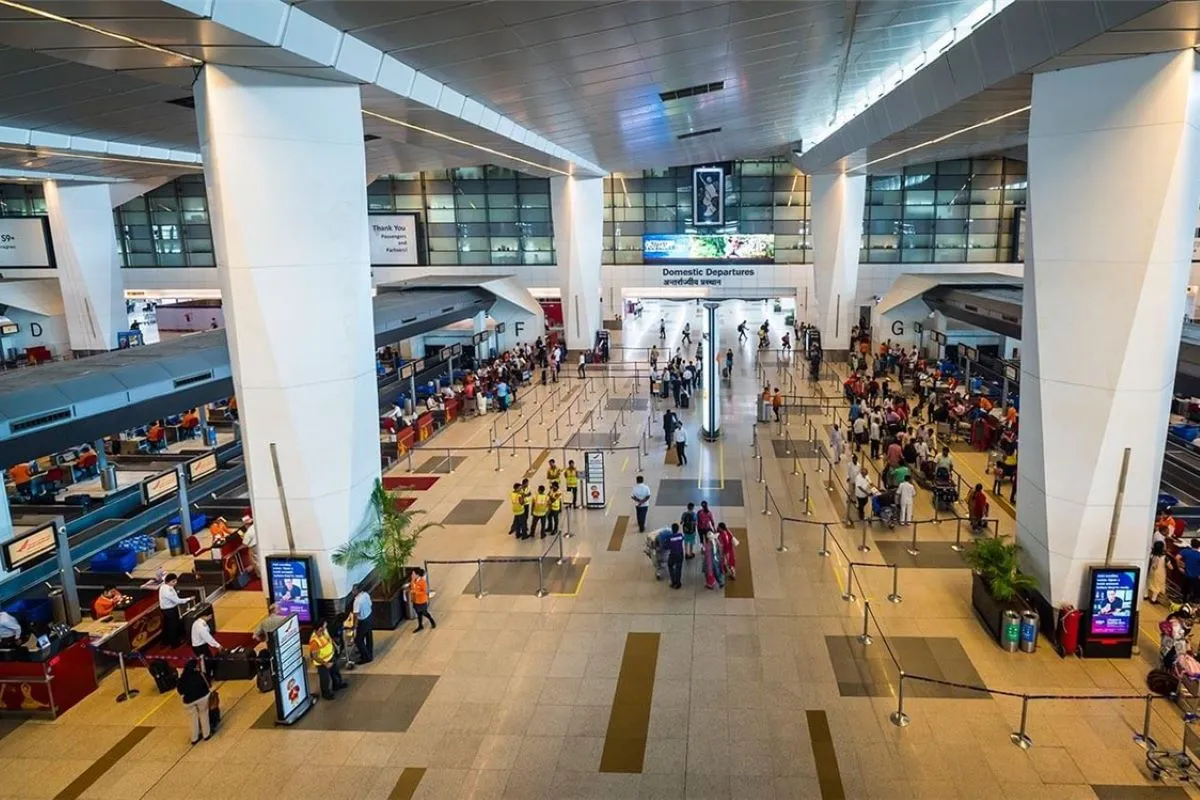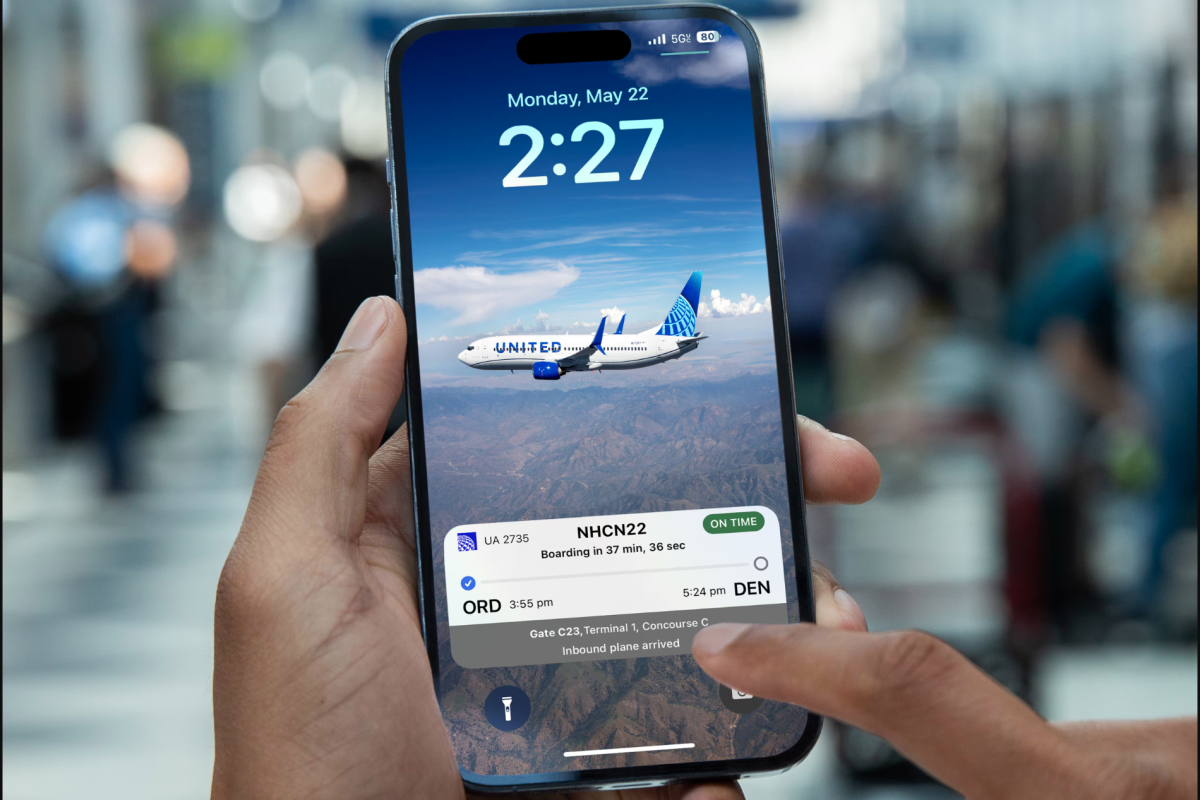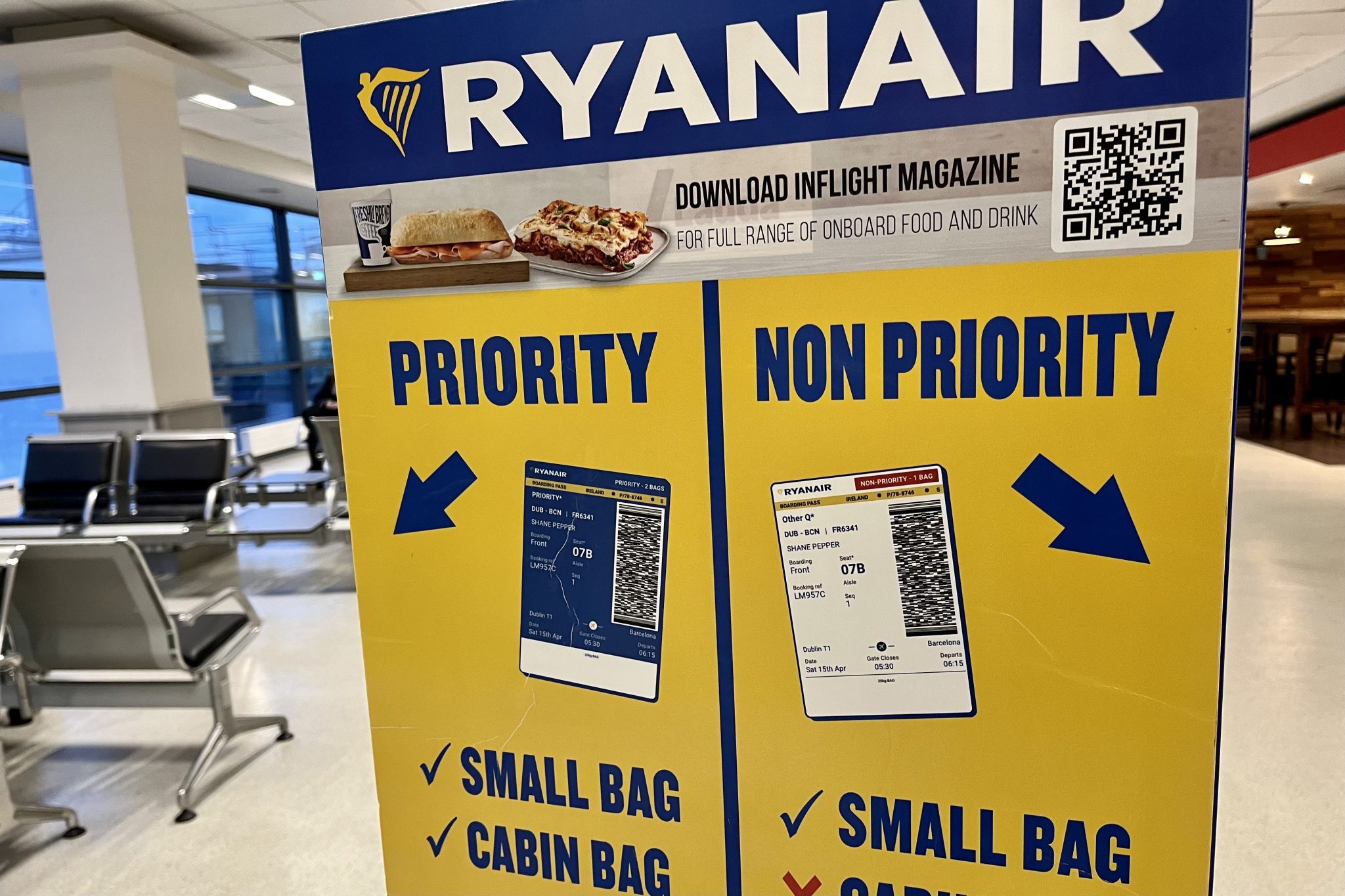Why More Travel Managers Still Aren't Offering Text Messaging — in 2019

Skift Take
Instant messaging is now a huge part of people’s everyday lives, but corporate travel has been slow to catch up.
American Express Global Business Travel became one of the first major travel management companies to incorporate text messaging into its core offerings after announcing its partnership with Apple Business Chat in November. Starting now, American Express GBT customers will be able to text in real-time with actual travel counselors. The service more closely mimics the way travelers communicate with peers, and even sometimes colleagues, making it an easy sell to clients.
“While it'd be great to have our own business chat, we have a large percentage of our corporate travelers who are using iOS devices,” said Mark McSpadden, vice president of global product strategy for American Express Global Business Travel. “So we saw an opportunity to more quickly bring this functionality to them,”
Smartphones are ubiquitous, especially among the business crowd, and it only makes sense that instant messaging would become a major part of corporate travel. According to McSpadden, the service allows customers to communicate directly with travel counselors when other methods fail, such as when travelers are midflight or when they are involved in meetings.
It also allows for asynchronous conversations — meaning conversations that drop off and pick up again at the same place — something which happens all the time in everyday text communication.
For the most part, however, the perks of instant messaging are pretty obvious. There’s a reason why texting has become one of the most popular ways of communication, especially among younger generations. In fact, McSpadden said that the feedback American Express GBT has gotten on the new product has shown high support for it across all age groups.
Instead, the mystery is why it still hasn’t become more widespread. Nearly every travel management company offers chat tools, but these tools are usually confined to the company app or website, and they often involve bots rather than actual humans.
According to McSpadden, when it comes to tech, most travel management companies have focused on user interface and automation over other types of functionality.
“We talk a lot about the consumerization of corporate travel technology, and most of the time we're talking about that from an experience and interface perspective,” said McSpadden. “I think that you see a scattered landscape on how to address the intersection of technology and human touch. So you see a lot of bot stuff out there right now, and people saying that you have to automate everything from day one. We've obviously chosen a different path than that.”
More Companies Are Next
The good news is that other travel management companies are starting to catch up. Both CWT and BCD Travel are planning on launching similar instant messaging tools sometime in 2020.
CWT currently has developed a chat-based product that has already been tested in the market, with select CWT customers already using it. The tool allows clients to text customer support without having to go through the CWT app or website. Utpal Kaul, global head of new product incubation at CWT, acknowledged that instant messaging tools are still pretty new in the industry, but that he expects this to change very quickly.
“We do anticipate a very, very steep adoption of this, especially as more millennials start traveling,” he said. “It’s really one of those things where we feel the time has come.”
Unlike with American Express GBT’s tool, CWT’s chat feature initially puts travelers in touch with bots. If the bots can’t answer the question, however, the travelers are transferred over to a human counselor. The company aims to make this transition so seamless, travelers will not be able to tell whether they are talking to a bot or a human.
To do this, CWT uses artificial intelligence and machine learning to program the bots to absorb and respond to information the way humans do. This is an extremely difficult process, though, and it's one of the reasons CWT has waited so long to release this product to market.
Another issue is where this chat is taking place. While many companies are comfortable hosting chat features within their own websites and apps — think that “Can I help you?” chat bubble that pops up when you enter a website — it gets trickier when they try to move that functionality over onto the standard text message service people use to talk to friends on their phones.
“The medium of the chat is very important. A lot of companies have chat on their portal, as do we. A lot of companies have chat available on their app,” said Kaul. “But (texting) is universal, you can communicate globally, and you’re not dependent on any app.”
This poses a problem for travel agencies looking to employ machine learning, since there is less control over the input and output of information on a universal tool. To make matters worse, some corporations do not feel comfortable allowing employees to use tools that are not explicitly within the bounds of the travel policy.
Still, travel management companies throughout the industry are making progress, and soon text messaging should become a common feature of corporate travel.
BCD Travel is even working on a way to allow its travelers to use Facebook Messenger when interacting with customer support. And American Express GBT plans to expand its messaging feature to people who own Androids and other types of non-Apple smartphones.
“We're definitely looking at continuing to expand channels,” said McSpadden. “We're even looking at the potential of using corporate messaging apps, whether that be Slack or Microsoft Teams. There’s a lot of potential here.”




